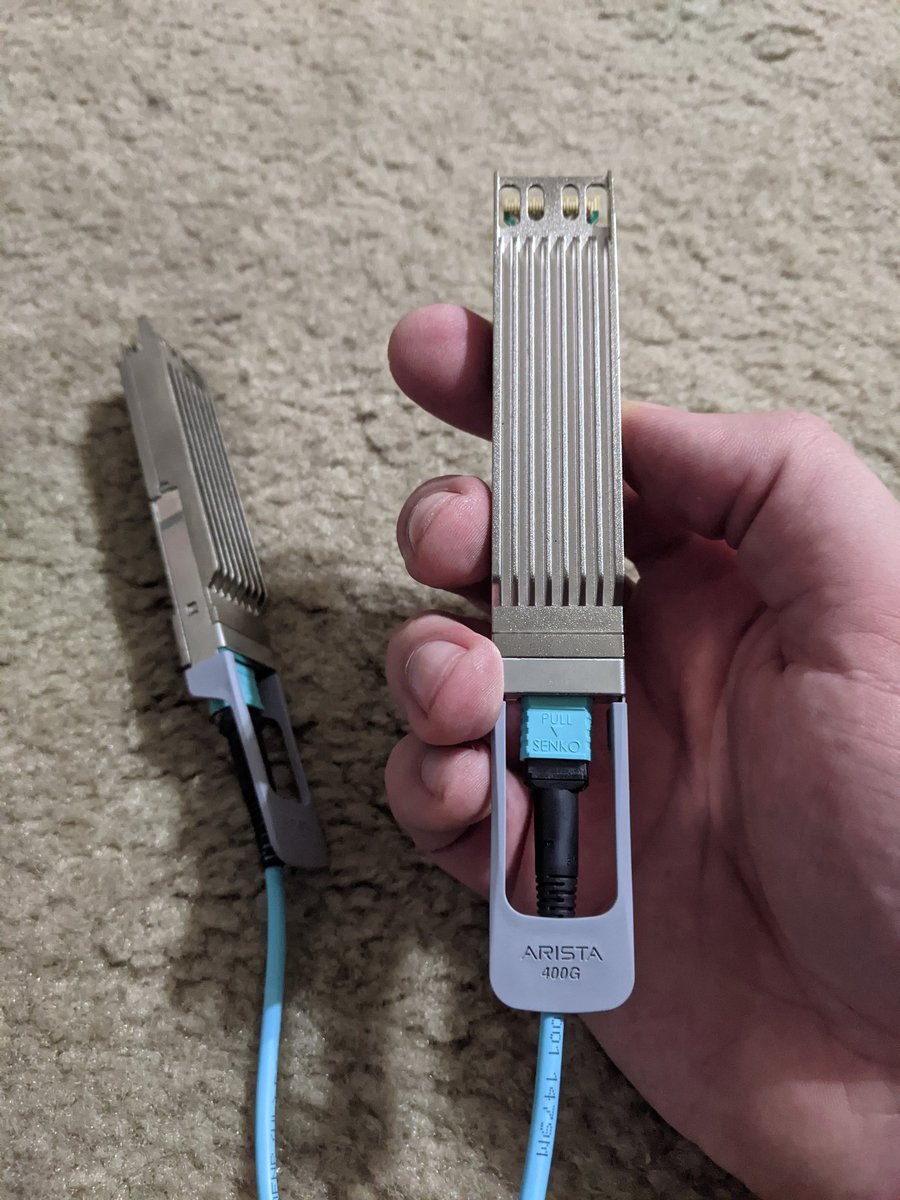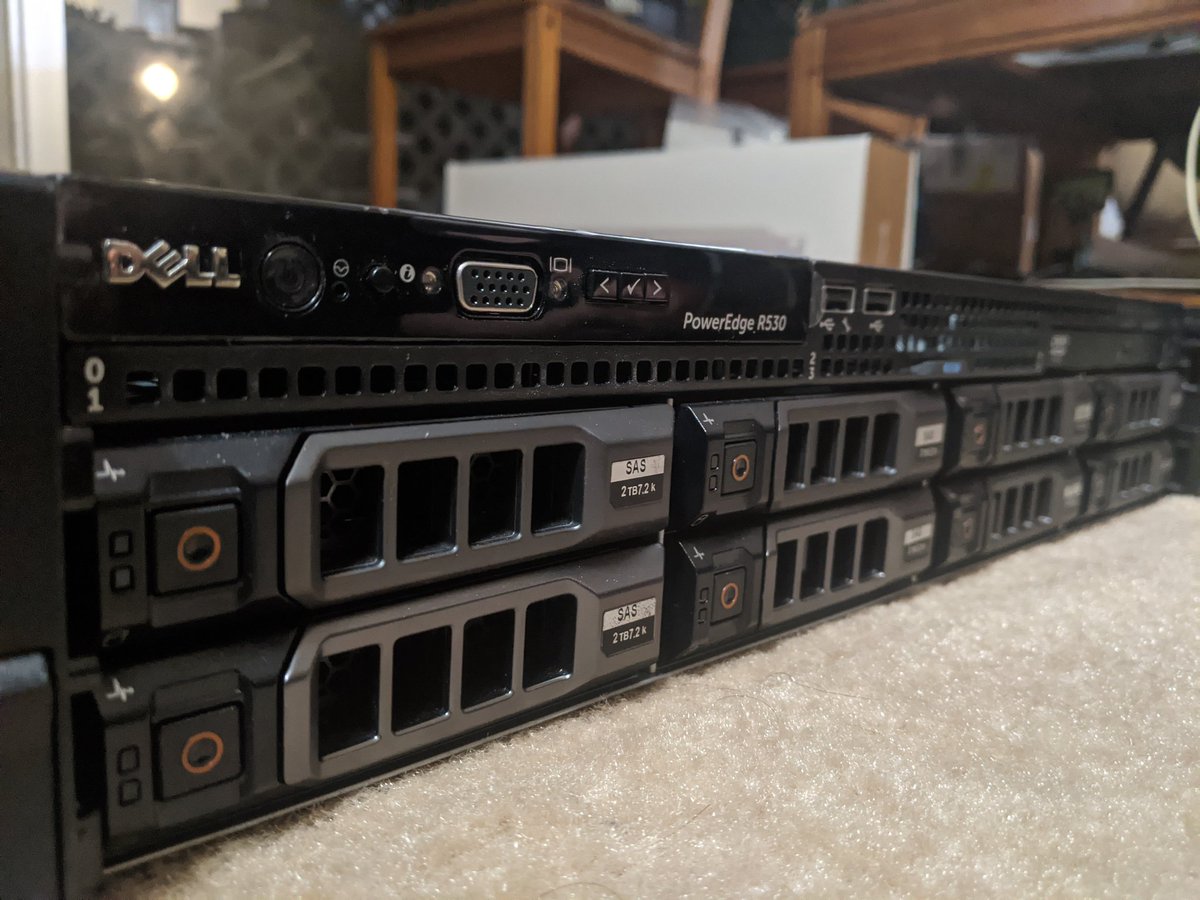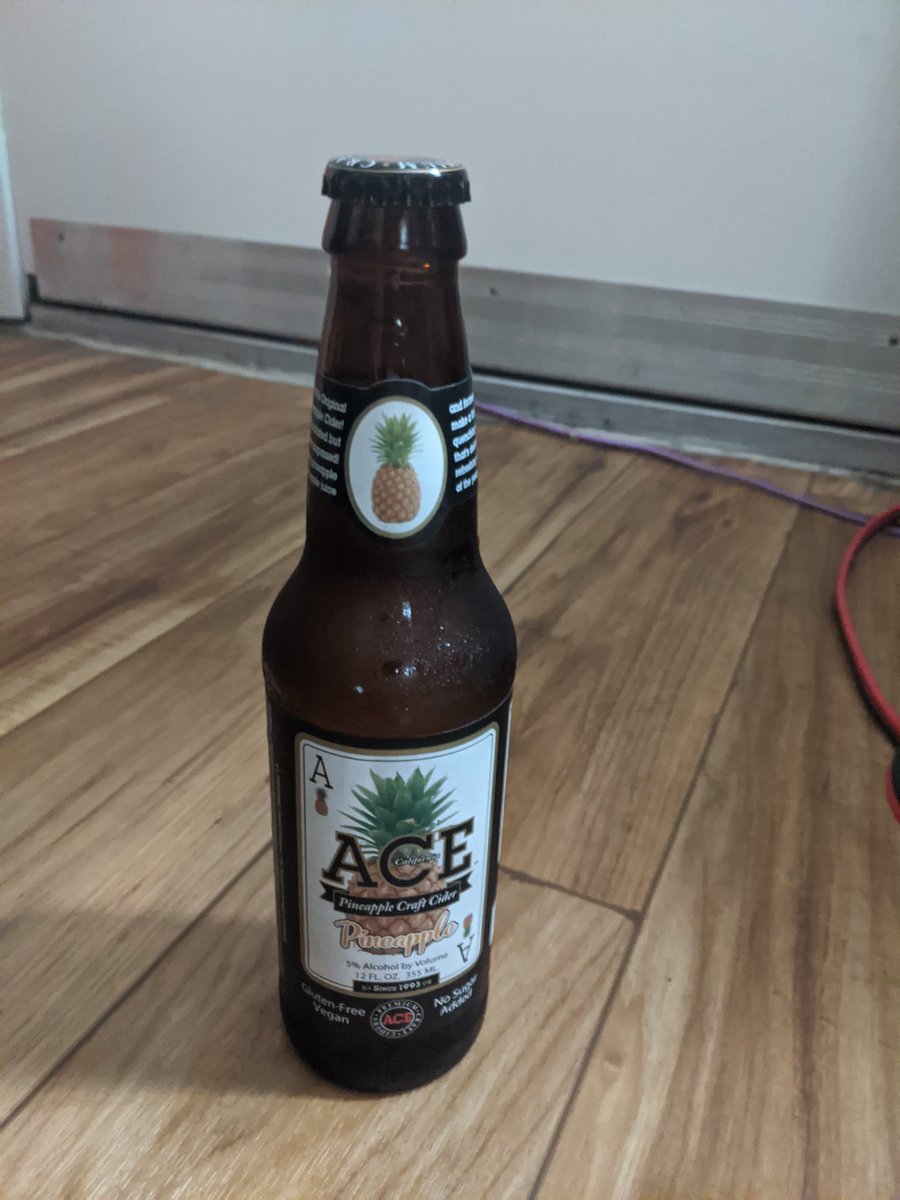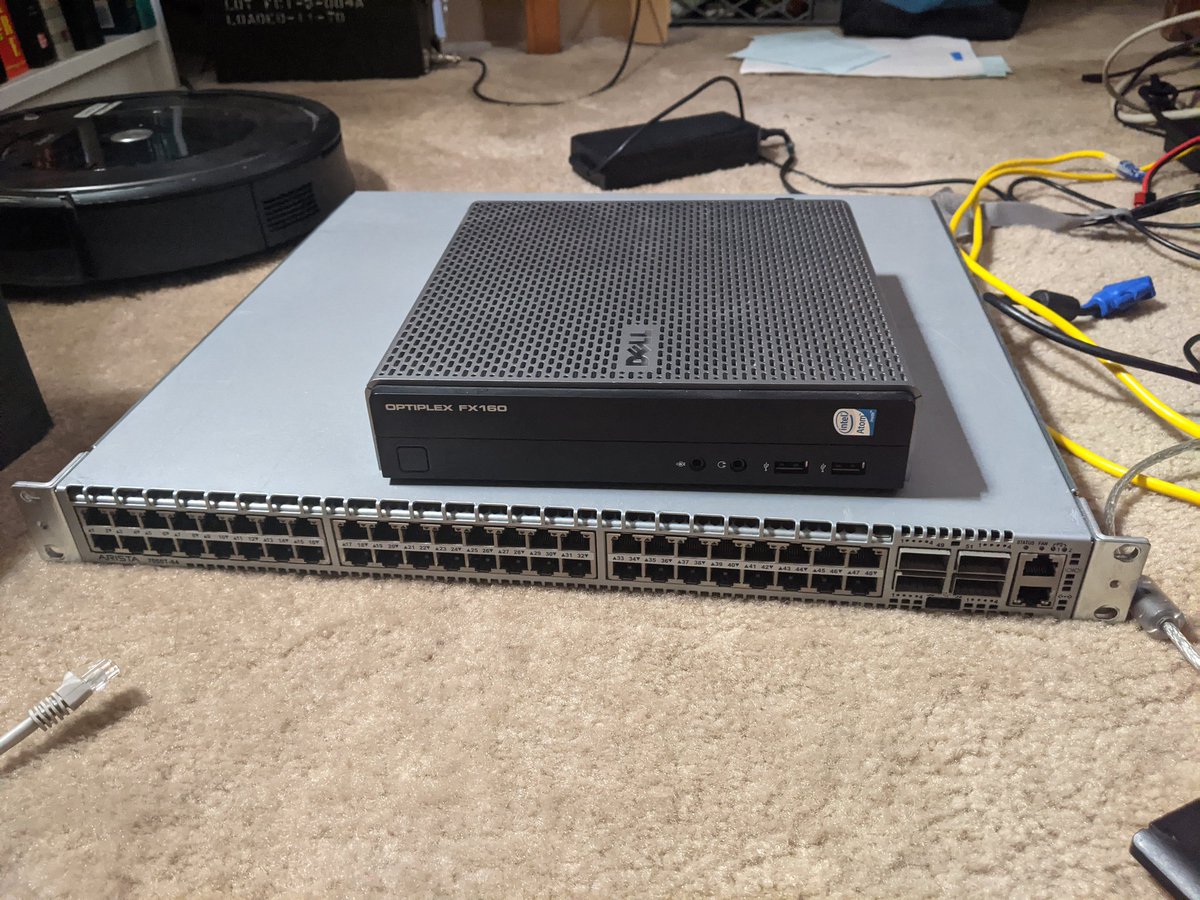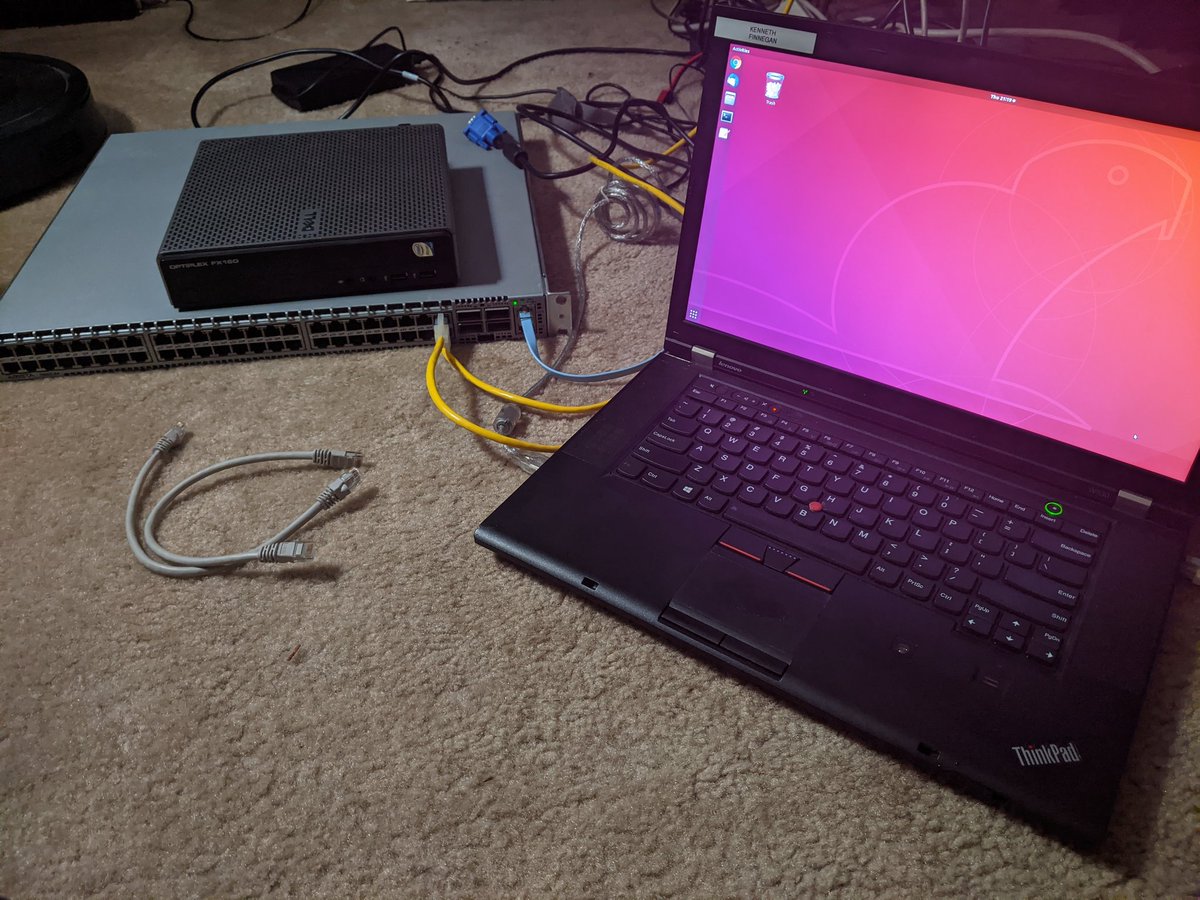
Let's talk about Cisco 6500 line cards.
Because I'm currently sitting on a concrete floor dicking around with 6500 line cards.
Because I'm currently sitting on a concrete floor dicking around with 6500 line cards.

The 6700 series line cards were actually modular, in that the forwarding engine on each line card was a daughter card that you could replace! 
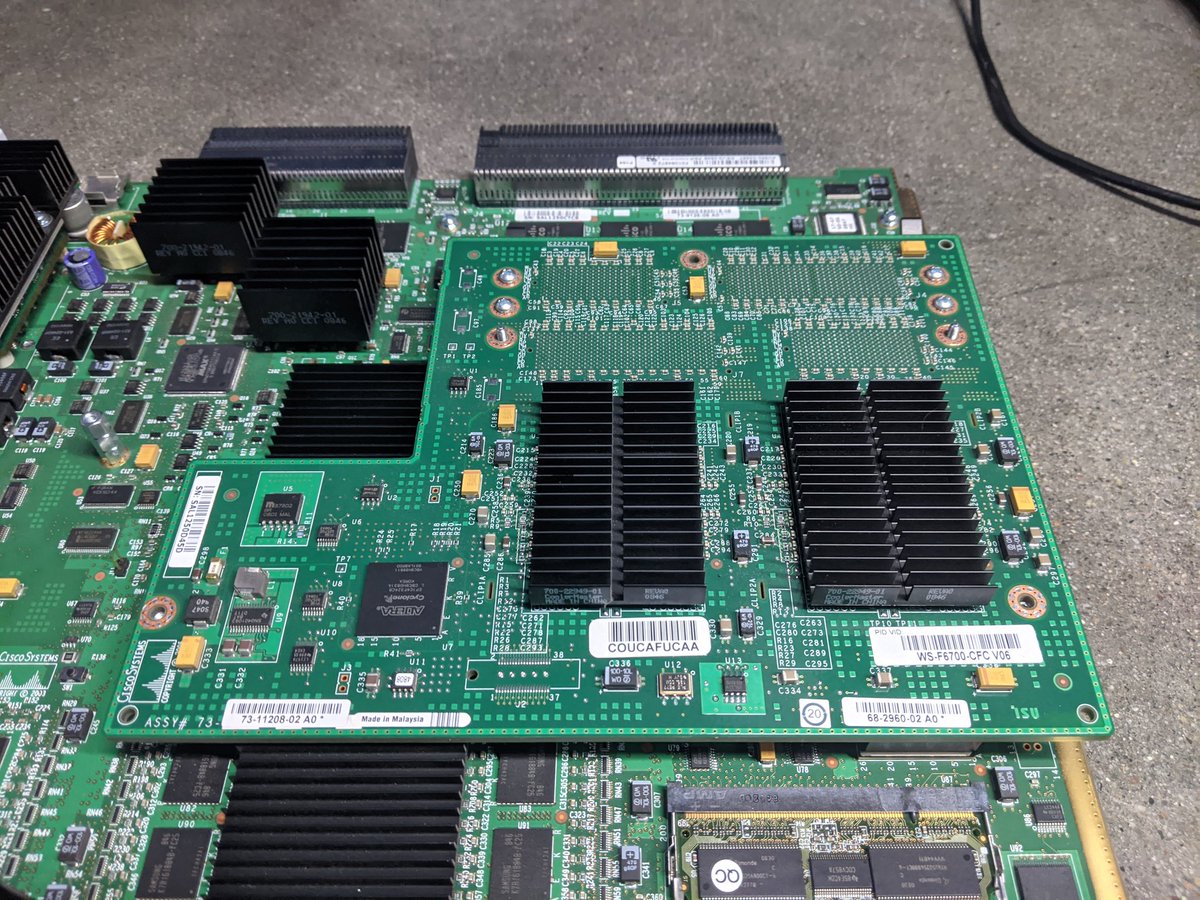
The CFC module is the chump change "punt everything to the supervisor" card that limits the whole box to the capabilities of the supervisor.
So like... 20 million packets per second?
Only.
So like... 20 million packets per second?
Only.

It even has little cute ejection levers because the extraction force is so high.
Conversely, you have the DFC3BXL, or "distributed forwarding card" (or something. W/e) which fits in the same place, and is hella bigger. 

The DFC3 modules are essentially all the routing hardware of the PFC3 policy engine in the sup720, but distributed to each line card so your routing capacity goes UP as you add line cards, not get spread thinner like with the CFC 

Interestingly, the DFC3 modules only use two of the connectors! Not just punting routing decisions to the supervisor over the backplane bus; it can make those decisions locally! 

So now this 4x10Gbps line card has a CFC (centralized forwarding card?) So it's only as good as the supervisor you have installed with it. 

Why, you might ask, am I downgrading a 10G line card?
I found a poor sucker who's willing to take my 6506, but I don't want to give away my DFC3BXL. They'll have to settle for only 20Mpps across the whole switch.
I found a poor sucker who's willing to take my 6506, but I don't want to give away my DFC3BXL. They'll have to settle for only 20Mpps across the whole switch.
• • •
Missing some Tweet in this thread? You can try to
force a refresh





